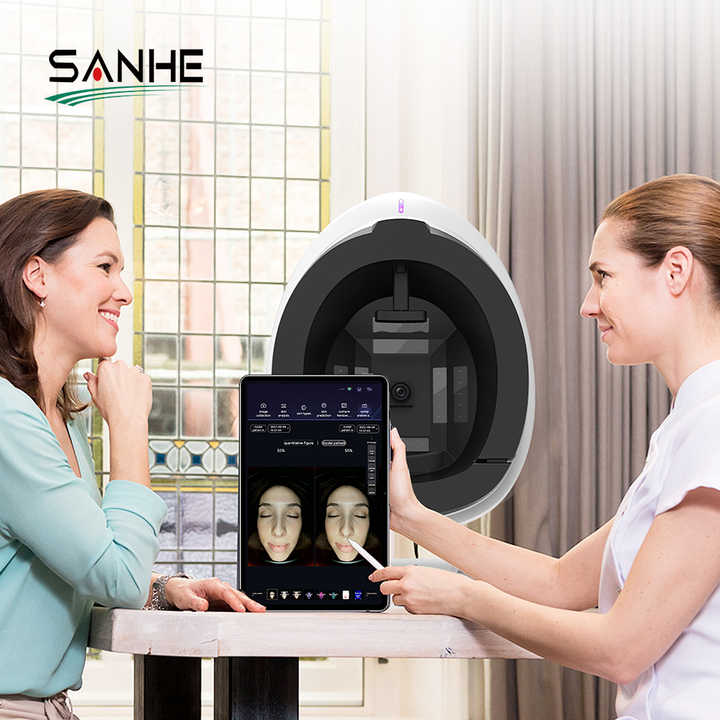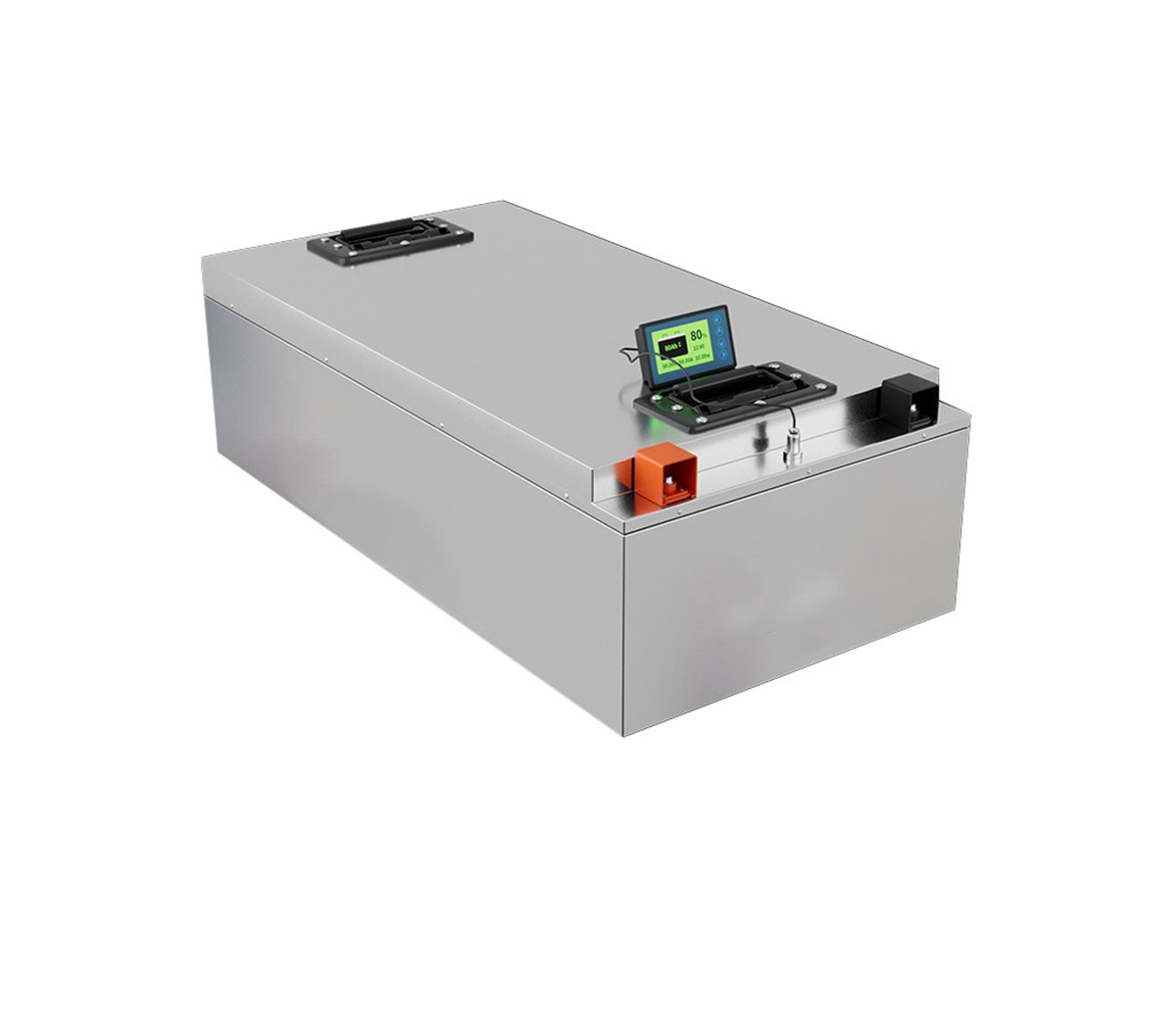48V BRS (Boost recuperation system) system will be the most cost-effective
new energy vehicle technology solution in the next ten years
48V BRS (Boost recuperation system) system, as a kind of weak hybrid
technology mHEV (mild hybrid electric vehicle), will be the most cost-effective
new energy vehicle technology solution in the next ten years.
Compared with traditional internal combustion engine vehicles, the 48V BRS
system mainly adds 48V booster recovery motor (BRM, Boost Recuperation Machine),
48V/12V DC power converter (PCU, Power Conversion Unit) and 48V lithium battery
three core components. Stop, energy recovery, acceleration boost, electric
crawling and other functions. Traditional internal combustion engine vehicles
equipped with the first-generation 48V system (the motor is integrated with the
engine through a pulley) save 8-12%, and the second-generation 48V system (the
motor is integrated with the gearbox) is expected to save 12-19%.
1. The origin of 48 volts
1) What is 48 volts
48V refers to the rated DC voltage of the system, which is not always
stable at 48V; according to the definition of LV148 as shown in the figure
below:

The voltage of a 48-volt battery will change with the change of SOC
(remaining battery capacity). For example, the SOC of the battery is from 10% to
100% at room temperature, and the open circuit voltage is 32.5V~49.8V;
The boost and energy recovery mode of the BRM motor will also cause the
voltage of 48V to rise or fall. When the battery SOC is high, the voltage
required to charge the battery is often higher than 50V;
DC voltage is not a straight line, but fluctuates. Regarding the allowable
fluctuation of DC voltage, European regulations stipulate that the effective
value of the fluctuation part (ie, the equivalent value after removing the
average value) must be less than 10% of the average voltage before it is counted
as DC Voltage;
2) Why is it 48V
60V is a safe voltage. According to the 10% margin mentioned above, the
maximum voltage allowed by the system is 54V. Then consider the battery's own
voltage change and energy recovery mode mentioned in 1) that will increase the
voltage, and then leave it A certain margin becomes 48V.
There may be some historical reasons for the origin of the 48V name.
2. Brief introduction of 48V key components
The typical connection diagram of 48V BRS electrical network is as
follows.

In addition to the main components such as BRM motors, DC converters, and
48V batteries, there are also common 48V electrical load concept products on the
market, such as 48V electric superchargers, 48V electric heating catalysts,
etc., which have a positive effect on function expansion and promotion.
1) The power-assisted recovery motor (BRM) can be used to generate
electricity or provide forward power for the vehicle. It can even start the
engine quickly under the drive of a 48-volt battery pack. BRM generally uses
claw pole motors to replace traditional 12-volt generators in automobiles.
2) The power conversion unit (PCU), the two-way DC/DC converter is
connected to the high-voltage network (<60V) and the 12-volt network in the
48V power recovery system. Energy can be transmitted from the high-voltage
network to the low-voltage network to supply power to the 14-volt network, or
from the low-voltage network to the high-voltage network, to start, assist, and
recover power for the BRM.
3) Power battery (48V battery) A typical 48V lithium battery, mainly used
to provide 48V voltage for BRM, energy recovery, energy storage, and under
certain circumstances to provide energy for 14V electrical networks.

Lithium-ion battery (LIB) has become the main energy storage solution in
modern social life. Among them, lithium iron phosphate batteries are a perfect
substitute for lead-acid batteries, and are the first choice for grid-connected
peak shaving, off-grid energy storage, photovoltaic energy storage, UPS, data
center and other industries.





































